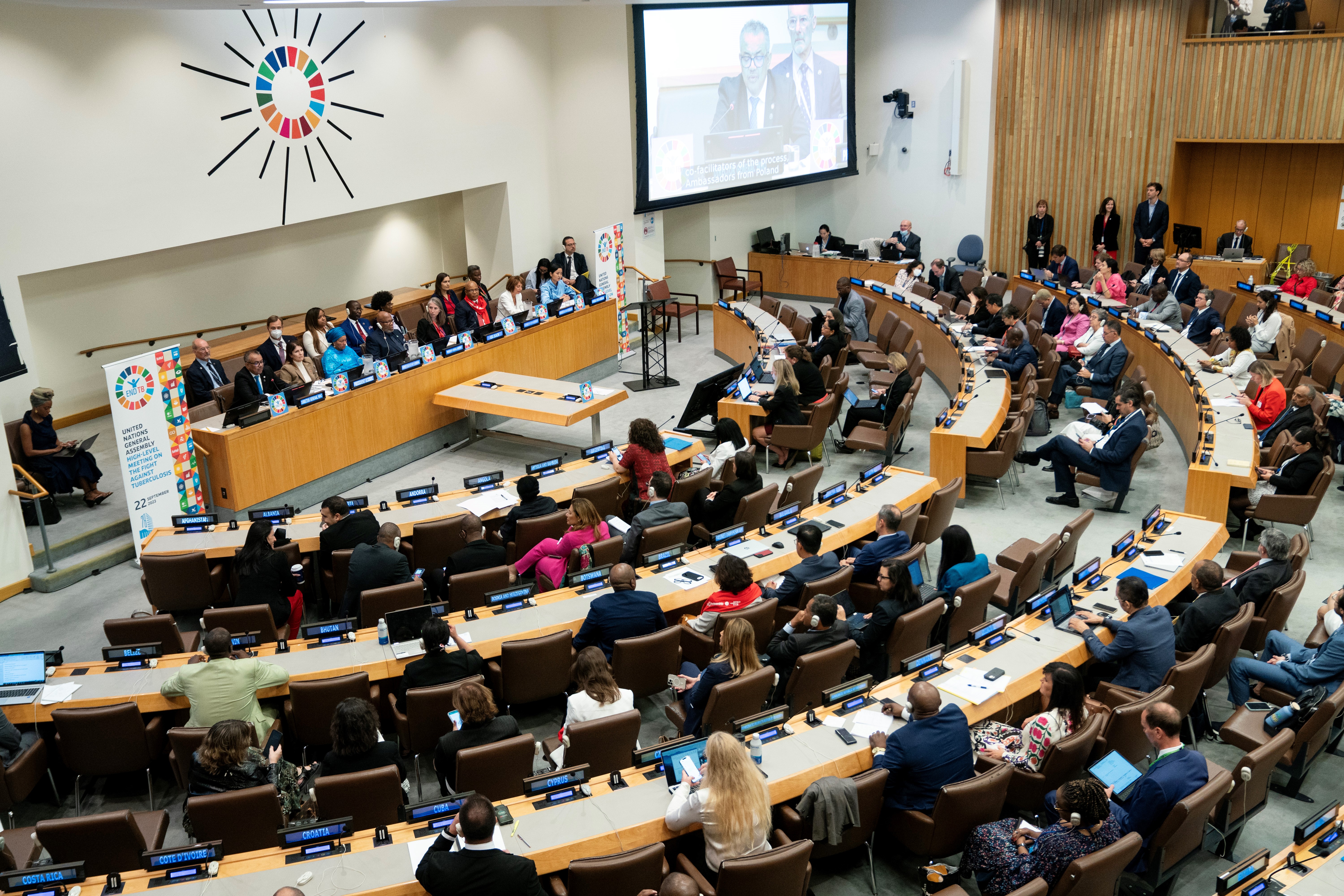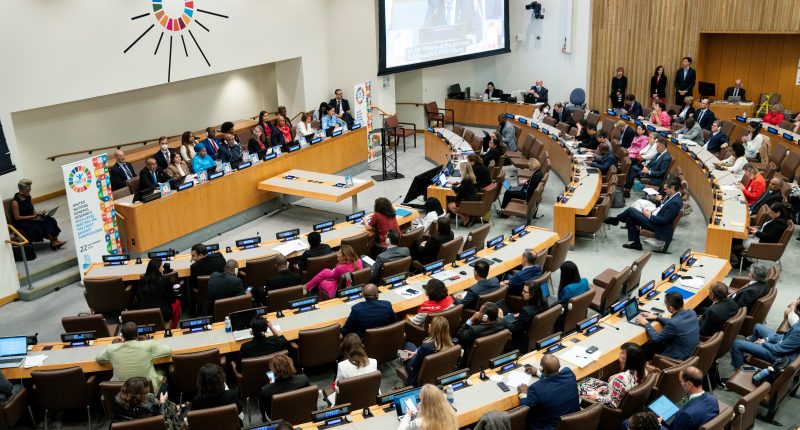
Tuberculosis Could Be the Next Global Health Crisis. Is the World Ready? – For those living in affluent countries, it’s easy to forget about tuberculosis, which seems like a disease of the Victorian era. In the U.S., thanks to investments in public health and TB surveillance infrastructure, less than 600 people died from the disease in 2020. Compared to COVID-19, which caused 350,000 deaths that same year, it’s understandable why it’s not at the top of the U.S. public health agenda.
But if you zoom out and look at global public health, TB gets much more scary. It is the world’s most deadly infectious disease, killing approximately 1.5 million people per year, reclaiming the top spot from COVID-19 in October 2022. Experts warn that while the spread of TB might seem confined to developing countries right now, its unchecked spread could lead to mutations which result in more drug resistant versions of the disease. That’s something that could be highly disruptive to rich countries, too.
As a result, the world health community is mobilizing, and last week concluded the second-ever United Nations high-level meeting focused on taming the disease. In a major breakthrough, a manufacturer of testing equipment agreed to lower the price of its devices, expanding testing to millions more.
A highly contagious disease
TB is caused when the tuberculosis bacteria spreads in the lungs. Anyone can get the disease, including healthy people, but those who are malnourished, living in crowded living conditions, or are immunocompromised are most susceptible. If untreated, a person with TB will spread the disease to an average of 15 people per year. Most often, patients will first notice that they are sick when they begin experiencing a persistent cough that lasts weeks, sudden weight loss, or a high fever. Without treatment, approximately half of those with TB disease would die within five years.
“TB knows no borders,” says Dr. Lucica Ditiu, Executive Director of Stop TB Partnership, a U.N. hosted organization that aligns global funding agencies, NGOs, and civil society groups working on ending TB. “I keep telling everyone, you can eat healthy, you can be vegan or vegetarian. You can run, you can use a condom, and you can sleep under a bed net. But so long as you breathe, you can still catch TB.”
In the 20th century, multiple new antibiotics were created to cure TB disease but with each case of TB, the bacteria has the chance to continue multiplying in the body of its human host. Sometimes, during the reproduction process, some strains of the bacteria will develop traits that make it resistant to antibiotics. The most recent data suggests that 3.6% of all new tuberculosis cases today are resistant to multiple TB drugs.
Multidrug-resistant TB has a higher mortality rate, and doctors are often forced to resort to using more toxic drugs with severe side effects to treat the disease. Some have been known to cause total deafness in patients.
Two years ago, a groundbreaking study found that TB, once thought to be spread by coughing, spreads primarily through breathing. Every time an infected person exhales, they propel aerosols containing the bacteria into the air. Crowded indoor spaces, like prisons, are especially fertile breeding grounds for TB, just like COVID. TB is much less contagious than COVID, but the more it mutates, the more chances it has to acquire mutations that make it more contagious.
“There’s no biological reason that multi-drug-resistant TB can’t acquire what it takes to transmit easily,” says David Bishai, the director of the school of public health at the University of Hong Kong. “We know that ancestral TB was extremely contagious through airborne methods. And so this does represent a pandemic threat.”
On Sept. 22, the United Nations held a high-level meeting on TB, where countries reported on the progress achieved so far and revealed their plans for tackling the disease over the next five years. Currently, the international community has set a target for reducing global TB cases by 80% by the year 2030. Prominent TB activists attended the meeting as well, including writer and YouTuber John Green.
Social media pressure
Green, author of The Fault in Our Stars, has launched multiple social media campaigns aimed at getting major companies to reduce their pricing of TB tests and drugs in lower and middle income countries.
“In the 21st century, you can’t say that tuberculosis deaths are even caused by the bacteria Mycobacterium tuberculosis because we know how to kill that bacteria,” said Green. “Death from tuberculosis is caused by human choice. It’s caused by human built systems…It means we’re not doing a good job of assigning equal value to every human life. But it’s also hopeful in the sense that if we are the cause of tuberculosis, we may also be the cure.”
Last week, activists scored a major win when Danaher, a U.S. company which manufactures test cartridges that make TB testing more affordable and accurate, announced it would reduce the price of each cartridge from $9.98 to $7.97. Ditiu of the Stop TB Partnership says that this means that countries around the world will be able to provide an additional 5 million tests. Approximately one in every 13 TB tests administered comes back positive, according to Ditiu.
“Every person can infect up to 15 others per year,” says Ditiu. “If we can find people with TB as early as possible and diagnose them, we can put them on treatment and stop this chain of transmission.”
Ditiu estimates that approximately 300,000 people will be diagnosed earlier thanks to the reduced price of Danaher’s test cartridges.
Also read more from homepage









